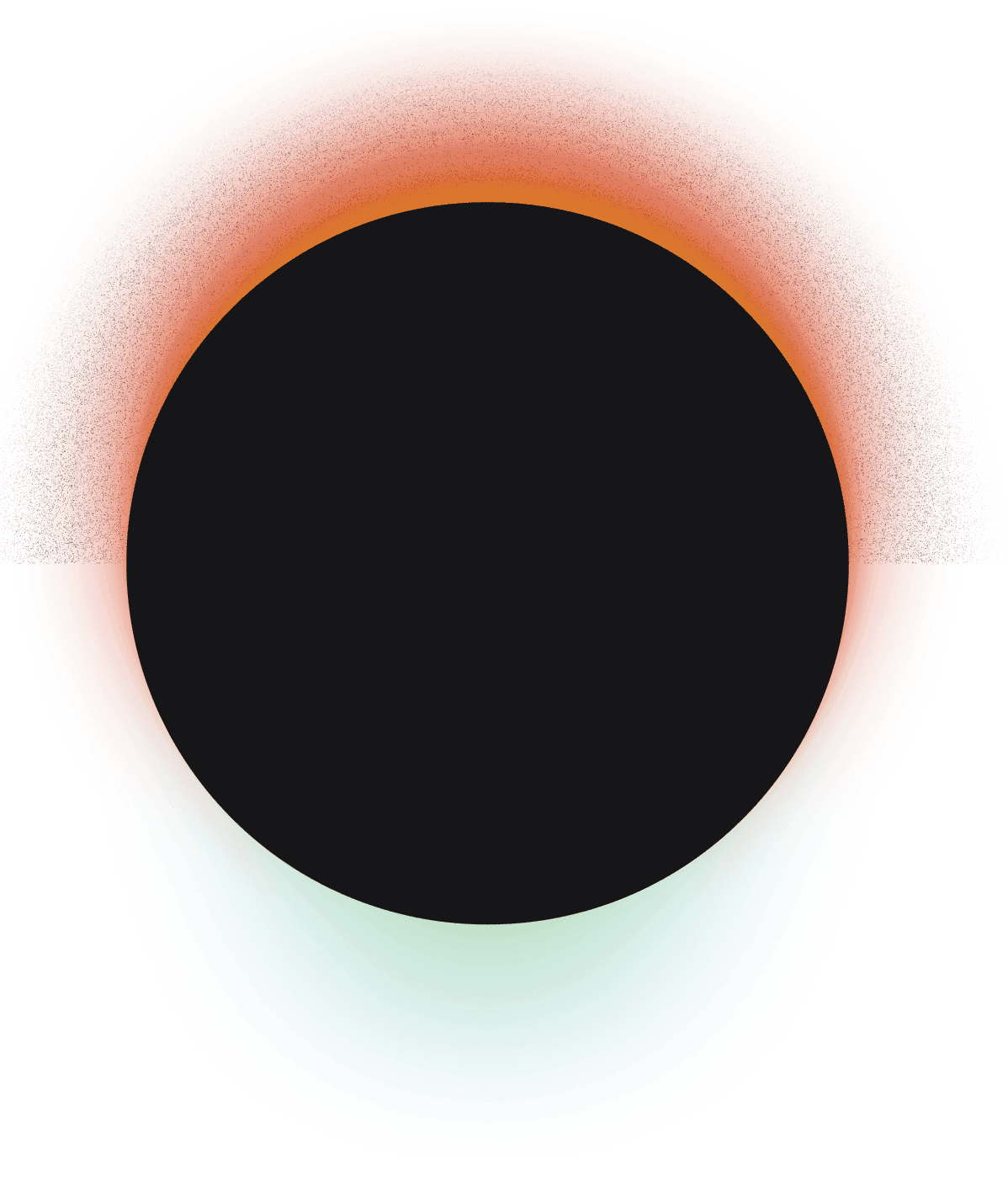Our Journey into Big Data Analytics
Big Data
Data Science is the discipline of extracting insights from data. Big Data represents the vast datasets it analyzes.
On September 4, 2008, Nature—one of the world's most prestigious scientific journals—published a landmark issue titled Science in the Petabyte Era. The publication addressed the astounding growth of information and posed a critical question: how do we handle the massive volume of data generated daily?
Traditional computing power proved insufficient—new storage and analysis technologies would be essential. This milestone marked Big Data's emergence into mainstream consciousness.
How It Started
During this period, Zuzex was just taking shape. Young, ambitious, and eager to embrace innovation, we were actively building our team and immersing ourselves in scientific literature. We weren't interested in conventional IT development. We sought something truly groundbreaking. Even then, we recognized Big Data's immense potential. Though Data Science wouldn't emerge as a distinct field for at least another two years, we were confident: this was the future.
Data processing without practical application is merely an exercise in futility. Who needs patterns without purpose? We should forge business connections. But how could we understand business needs and translate them into mathematical frameworks?
The answer lay in mathematical modeling.
MAY 2008
MAY 2009
JUNE 2010
JUNE 2011
JULY 2012
Mathematics Department
This vision led us to create the mathematics department. Through a rigorous selection process, we recruited eight graduates from leading federal universities. Our primary tools at the time were Matlab and R.
We encountered various challenges and solved them collaboratively. If it was impossible to build models without prepared data, we brought in analysts for collection. If we needed more efficient data sourcing, we implemented cleaning and organization protocols to determine usability. If we needed to process them correctly, we added programmers for database operations. Later, we integrated designers for visualization. The department expanded as we became fully immersed in the process.
Data Science Department
Over several years, our mathematics department evolved into the Data Science department and became our primary strategic focus. We continued refining our capabilities in modeling, processing, extracting, and visualizing valuable data while continuously expanding our expertise.
Mastering the Tools:
Matlab
Statistical software
Hadoop
Big Data technologies
R
Java
Python
ML model and prototype development languages
MySQL
PostgreSQL
SQL databases
MongoDB
DynamoDB
NoSQL solutions
Continuous learning and innovation
Following the Technological Change:
Our models demanded Machine Learning expertise. We expanded our team with Data Science specialists capable of not only analyzing data but also building sophisticated models. This enabled us to develop and validate custom machine learning solutions for each specific challenge through rigorous testing.
Today, we leverage both established methodologies and proprietary algorithms and models—each complementing the other. Through Data Science, we address two fundamental business challenges. At the internal level, we transform losses into profits. Externally, we develop readily monetizable applications based on AI. Our AI and ML solutions have proven particularly valuable in the retail and healthcare sectors.
TODAY
Artificial Intelligence
AI's potential extends far beyond executing predefined business tasks. We understand its true capabilities when properly implemented. That's our advantage: we don't just comprehend the technology—we know how to "harness" it, teaching it fundamentally new approaches.
At Zuzex, we thrive on experimentation and regularly develop internal projects leveraging AI. For instance, our SignLab sign language interpreter, born from pure intellectual curiosity, unexpectedly became highly sought-after. Airports, train stations, and social organizations are seeking to implement our technology.
An AI makeup mobile app developed for the beauty industry. We achieved highly accurate recognition of facial features and preserved true-to-life textures. All the effects, from satin to matte, look incredibly realistic.
What happens next:
Having received and processed your request, we will reach you shortly to detail your project needs.
After examining requirements, our analysts and developers devise a project proposal with the scope of works, team size, time and cost estimates.
We arrange a meeting with you to discuss the offer and come to an agreement.
We sign a contract and start working on your project as quickly as possible.





